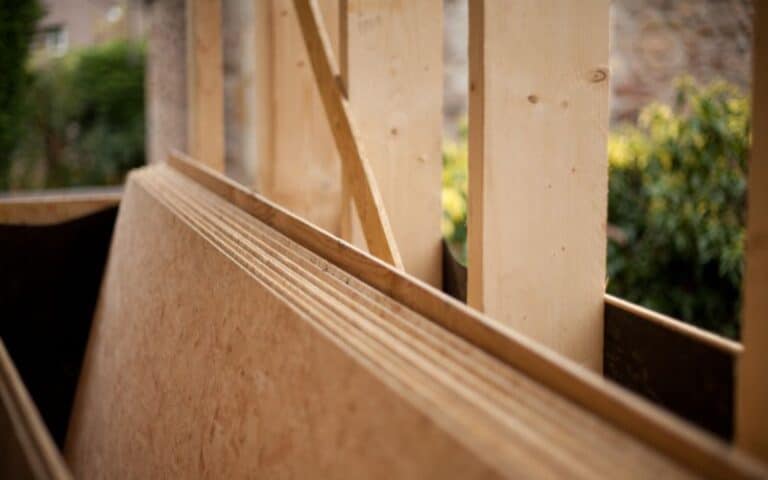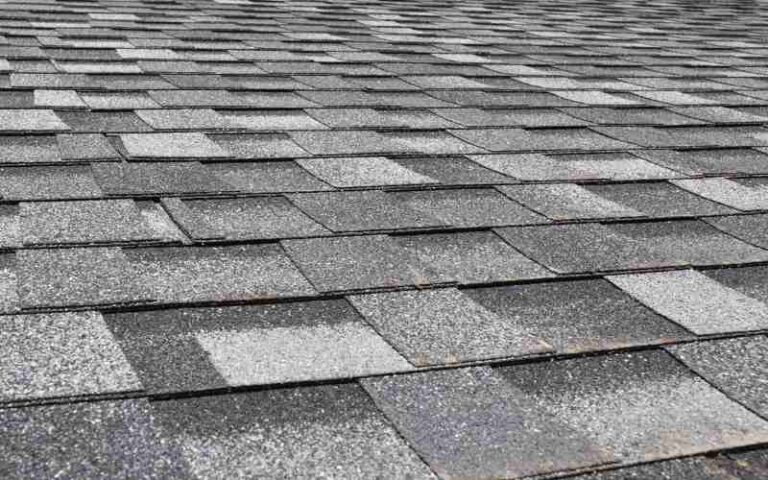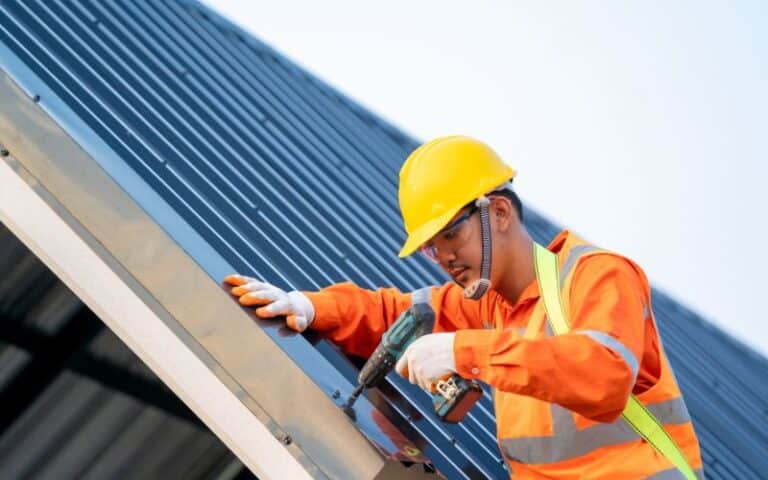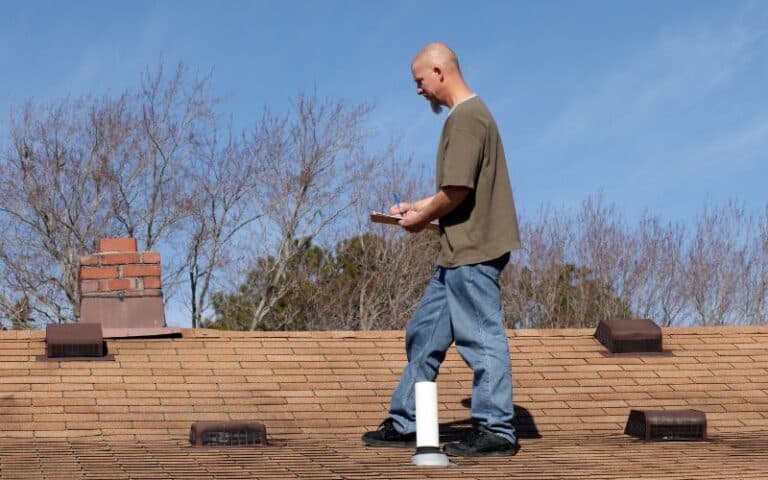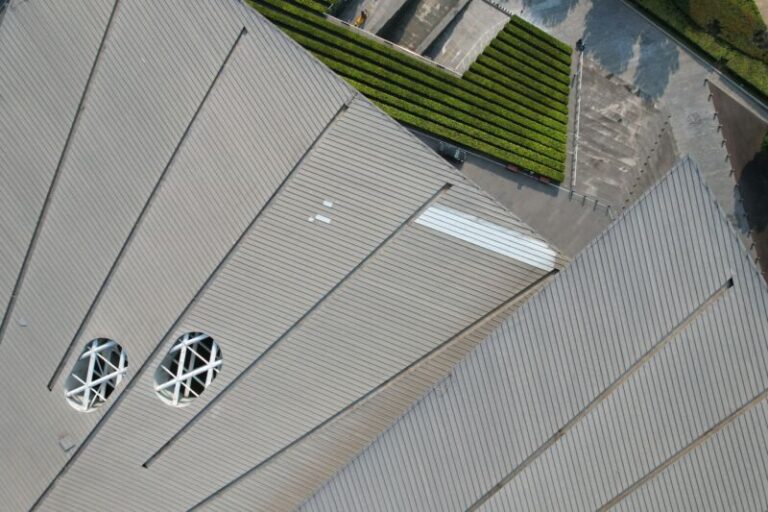Has your construction contractor recommended TPO roofing for your commercial build? Are you looking to conduct thorough research before making the decision?
You’re at the right place. Here, I’m going to answer all your questions regarding the durability and safety of TPO roofing. So, let’s begin with the answer for which you are here:
Yes, TPO roofing is fire-resistant. However, it is only fire-resistant on its outward surface. Its inward surface can get burned. While TPO roofing burns when exposed to open flames, it does not add to the flames. Instead, it releases toxic fumes.
Hence, TPO roofing is an excellent choice for roofing in commercial buildings. Here are some more properties of TPO roofing that will help you make your decision:
Ready for a Roofing Quiz?
What Kind of Roofing is TPO Roofing?
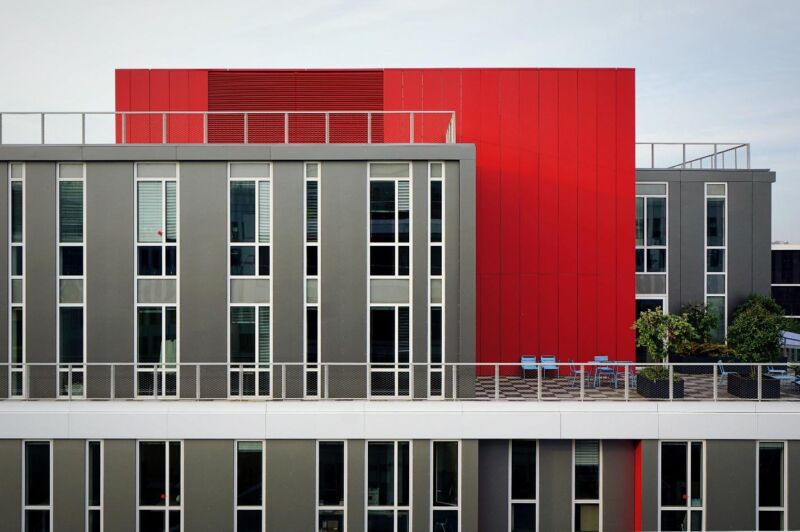
TPO stands for Thermoplastic Polyolefin. It is made from high-density plastic, rubber, and resin. TPO is single-ply roofing, meaning that it is installed as wide sheets.
It is considerably easier to install compared to other commercial roofing options. TPO roofing is especially easier to install on low slopes and flat roofs.
How Long Does the TPO Roof Last?
TPO roofing is one of the longest-lasting commercial roofing options, as it can last anywhere from twenty-five to forty years.
However, regular maintenance and repairs can make TPO roofing last an average of up to thirty years. While you will need annual inspection and repair for the TPO roofing, it will prove worth the investment.
However, the repairs and maintenance may be costly if the TPO roof catches fire on the inward surface. If the TPO roofing gets burned beyond repair, you may need to replace the burnt parts.
Is TPO Roofing Environmentally Friendly?
TPO roofing is made up of environmentally-friendly products. TPO roofing not only meets but exceeds the requirements for the United States Environmental Protection Agency Energy Star Program.
Since they are made up of high-density materials, TPO roofs are UV resistant, meaning they help reduce the power consumption of the building on which they are installed.
Extreme temperatures due to climate change effects have already become common. But TPO roofs can help against extreme outdoor temperatures by maintaining steady indoor temperatures.
They reflect UV rays from the sun, keeping the inside of the building cooler and reducing the need to blast air conditioners.
Thus, TPO roofing helps you be more eco-conscious and lower your carbon footprint. In this way, TPO roofs also allow you to save money on power bills for up to three decades, making them worth the investment.
Moreover, TPO roofing doesn’t require torching for installation like other roofing materials. This further minimizes your carbon footprint and saves time and effort.
Why Is TPO Roofing a Popular Option?
In the past few decades, TPO roofing has become one of the most popular options for commercial roofing.
Besides their long-lasting quality, the popularity of TPO roofs can also be attributed to their resistance to traffic, mold, impact, water, and wind.
TPO roofing is a popular option for commercial and even residential buildings.
The hot air-welded seams of TPO roofing are also resistant to environmental factors. Its high water resistance contributes to its resistance to mold.
Dirt and grime brought to TPO roofs through traffic or wind lose their water content when exposed to sun and become dry, resulting in TPO roofs as easy to clean with a vacuum.
The high-density construction of TPO roofing sheets helps make it UV-resistant also makes it resistant to impact, traffic, and wind.
It can tolerate regular to high traffic without any concerns. Many buildings with TPO roofing utilize the roof-top space in compliance with the local authority. Hence, they provide additional space to building owners or renters.
The chemicals that make TPO roofing fire-resistant are the same ones that make it resistant to all the other environmental factors.
Since it is resistant to heat, it also withstands regular thermal expansion during summer without getting damaged or requiring maintenance.
Last but not least, TPO roofing is customizable. It comes in varied thicknesses of 45, 60, and 90 mils. You can choose the most suitable one according to your roof requirements.
Depending on your budget or building needs, you can also choose insulation, membrane, and installation methods. While other factors don’t impact the fire-resistance quality of TPO roofs, the thickness can make a difference.
The thickest TPO roofing option is the most resistant to fire and is also the most long-lasting. The fire resistance of TPO roofing and its life expectancy drop with its thickness.

